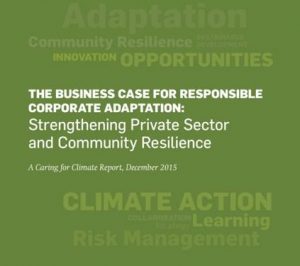Primary Functions
- Understand the drivers behind water trends, their implications for business, and how to prepare for them.
Detailed Description
As freshwater resources become ever more scarce or polluted, a global crisis in access to clean water is emerging. While this is most acutely felt in Africa and West Asia, a lack of freshwater is already an economic constraint in major growth markets like China, India, and Indonesia, as well as commercial centers in Australia and the western United States. According to the United Nations, if present consumption patterns continue, two-thirds of the world’s population will live in water-stressed conditions by the year 2025. Meanwhile, too much water has recently led to severe flooding in low-lying areas of Great Britain, southern Europe, East Asia, and the eastern United States. Further compounding — and politicizing — these challenges is the reality that fully one third of the world’s population lacks access to enough water to meet their most basic needs.
In the next two to five years, companies will need to adapt to availability concerns such as water stress and flooding; quality concerns, including increasingly contaminated surface and groundwater; and access concerns, specifically competition (real or perceived) with other water users. As a result, a thoughtful water strategy will prove an essential mechanism for managing medium-term business risks and opportunities. In being proactive, corporate leaders will not only anticipate the future, but will shape it while gaining advantage in some of the key–and most water constrained–markets worldwide.
Proactive corporate action that dramatically overhauls how companies use, innovate around, and invest in water supplies will be crucial for gaining regulatory and community goodwill, improving reputation, and mitigating risks. Such anticipatory corporate water strategies will include not only 1) innovating to significantly increase value chain and product eco-efficiency; but also 2) investing in the restoration of ecological systems that affect water flows; and 3) engaging in collaborative strategies for maintaining water resources over time.
Together, these three components—innovation, investment, and collaboration—construct a 21st century corporate water strategy that goes far beyond tracking inputs and outputs. This report steers the reader through 1) developing, and 2) implementing such a strategy, as depicted below.





